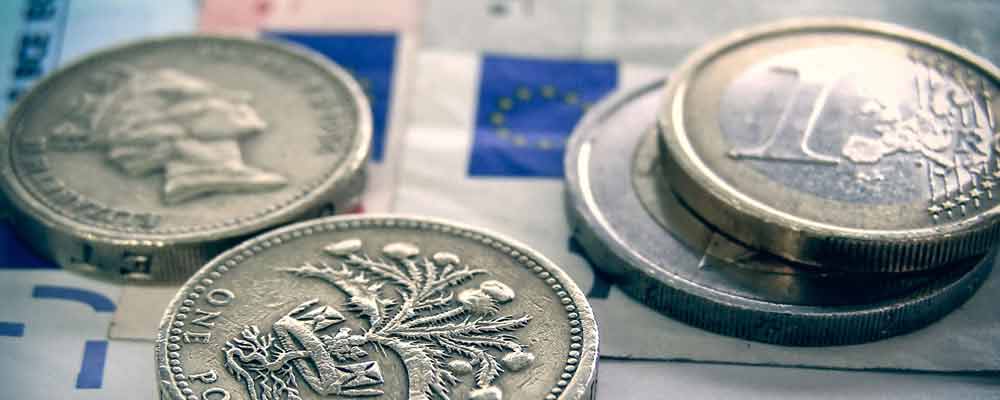- GBP EUR Fluctuates Widely on Last Day of Trading – Market turbulence in 2016 causes uncertainty as we enter 2017.
- Pound Pressured by Comments from EU Lawyer – Says forming a new trade agreement within two years would be impossible
- UK Manufacturing Figures Expected to Dip – Sterling may begin 2017 on the back foot.
The GBP EUR exchange rate fluctuated wildly on Friday, the last day of trading in 2016, as uncertainty over the year to come caused market instability.
Pound Euro (GBP EUR) Unstable as 2016 Draws to a Close
The Pound Euro (GBP EUR) exchange rate saw large fluctuations in the last day of trading in 2016 as traders began to speculate over the year to come.
The major point of contention was, of course, ‘Brexit’. The UK’s vote to leave the EU caused a stir earlier this year and saw the value of the Pound nosedive as investors feared the impact it would have on Britain’s economy.
Unfortunately over six months later it is still no clearer what exactly ‘Brexit’ will mean for the UK as Prime Minister Theresa May remains close lipped on what her plans are, only telling us that she wishes to invoke Article 50 of the Lisbon Treaty and begin formal negotiations for leaving the EU by the end of March.
Meanwhile, there are growing concerns across the Eurozone that the rise of populism could disrupt political norms or even lead to the collapse of the European Project in 2017 as a couple of anti-EU parties gain support ahead of national elections in a number of EU countries.
Both Geert Wilders’ Freedom Party in Holland and Marine le Pen’s National Front in France have seen a surge in popularity following growing tensions in the Eurozone and although most observers forecast they will be unable to take power, the upsets of ‘Brexit’ and Donald Trump in 2016 have proven that anything can happen.
Sterling Unstable as Two Year EU Trade Deal Rejected
Sterling sentiment also suffered on Friday as a prominent EU lawyer rejected claims that a new UK-EU trade deal could be wrapped up following two years of ‘Brexit’ negotiations.
Jean-Claude Piris, former head of the EU Council’s legal service claimed that it would be ‘totally impossible’ for a new deal to be created and urge the British government to seek a transition deal so as to avert ‘a catastrophe’ for the UK economy.
This completely contradicts recent claims from the UK government that it expects a new trade agreement to be ironed out in the two years of negotiations that will follow once Article 50 is triggered. As Theresa May said earlier in December;
‘I would expect us to be able to negotiate a deal in the two-year period that has been set out.’
Mr Piris predicts that it will take close to ten years for a deal to be agreed upon, a statement that is likely to weigh heavily on the Pound as investors fear the impact it would have on the EU economy.
GBP EUR Exchange Rate Forecast: Manufacturing Data May Weigh on Sterling as 2017 Begins
The GBP EUR exchange rate may start the new year with a bit of a whimper as markets forecast that the UK’s first Manufacturing PMI report of 2017 will see figures slide from 53.4 to 53.2.
Meanwhile the Euro looks to start off on the right foot with Germany’s Consumer Price Index which is expected to show that inflation rocketed up from 0.8% to 1.4% in December, with should help to support an expected rise from 0.6% to 0.9% in the Eurozone inflation report on Wednesday.
Looking forward to the rest of the year there is likely to be significant movement between the currency pairing as the slumbering behemoth of ‘Brexit’ begin to awaken in March, while the EU faces a potential political crisis of its own. For more information for what may happening between GBP EUR next year check out our outlook for Pound Euro in 2017.
Current Interbank Exchange Rates
At the time of writing the GBP/EUR exchange rate was trending around 1.17 and the EUR/GBP exchange rate was trending around 0.85.



